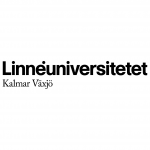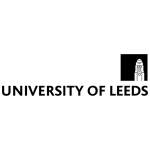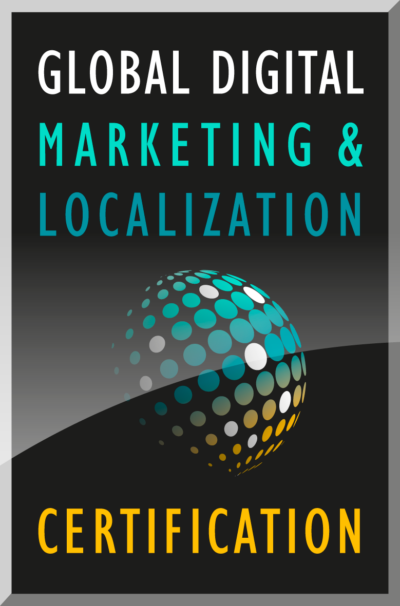

Rezan F. Gassas
Doctoral Researcher
Anglia Ruskin University, UK


Dr. Bertil Hultén
Professor
Linnaeus University, Sweden


Dr. Jamie Marsden
Lecturer in Brand Communications
University of Leeds, UK
Dr. Bertil Hultén
Sensory Branding In a Global Consumption Culture: Fantasy or Reality?
Marketers have for a long time ignored the importance of the human senses. Especially concerning how sensory stimuli like scent, music, design, taste or texture contribute to the creation of brand identity and brand image. It is an important remark because it is quite obvious that the human senses – smell, sound, sight, taste and touch – should be the foundations of all purchase and consumption experiences. For that reason firms should consider sensory branding in a global consumption culture in enhancing long-term profitability, long-term relationships and a sustainable brand image.
The multi-sensory brand-experience and the human senses are suggested as fruitful marketing concepts for rethinking branding in practice and theory. The aim is to discuss and present the usefulness of a sensory branding framework in terms of sensory stimuli, sensory perception and sensory symbolism in relation to global branding strategies. Research findings and conclusions from a number of experimental field studies on how sensory branding impact consumer’s cognitions, emotions and actual behavior will be discussed.
Rezan Gassas
Brands Traveling To Arabia: Integrating Arabic language and culture in visual brand identities.
Global brands have been in Arabia for more than eight decades now. Throughout the past decades, well-established global brands with strong visual identities were entering the market. From the start, Arabic was added on packaging, signage and advertisements at a basic level, without giving design and Arabic typography any thoughts. Today, visual identities are still incompetently managed when designed for a different language and a new culture. This study seeks to explore the phenomenon of global brands’ visual identities when adapted to a new market, new culture and a new language to shed light on the current situation of visual adaptation in the Arab region and ultimately beyond this paper, provide guidelines to better the design adaptation of visual brand identities. The findings suggest that there are no guidelines or patterns of practice to adapt the brands’ visually; the process should be re-evaluated to inform global brands of the importance of international versions of guideline manuals that utilise the diverse markets that have different languages and cultures.
Dr Jamie Marsden
Visualising global brands: The problems and prospects of classification
Brand marks (logos) are condensed units of corporate expression. The process of translating corporate expressions into a truncated, visual form remains an obscure and under-explored dimension of corporate branding. This paper attempts to address this issue by proposing a classification of brand expressions, illustrated through the use of specific indicators. Following this description the author examines, firstly, how this frame is useful for evaluating the emphasis of a brand’s primary visual manifestation and, secondly, outlines the limitations of this frame in its current form.




